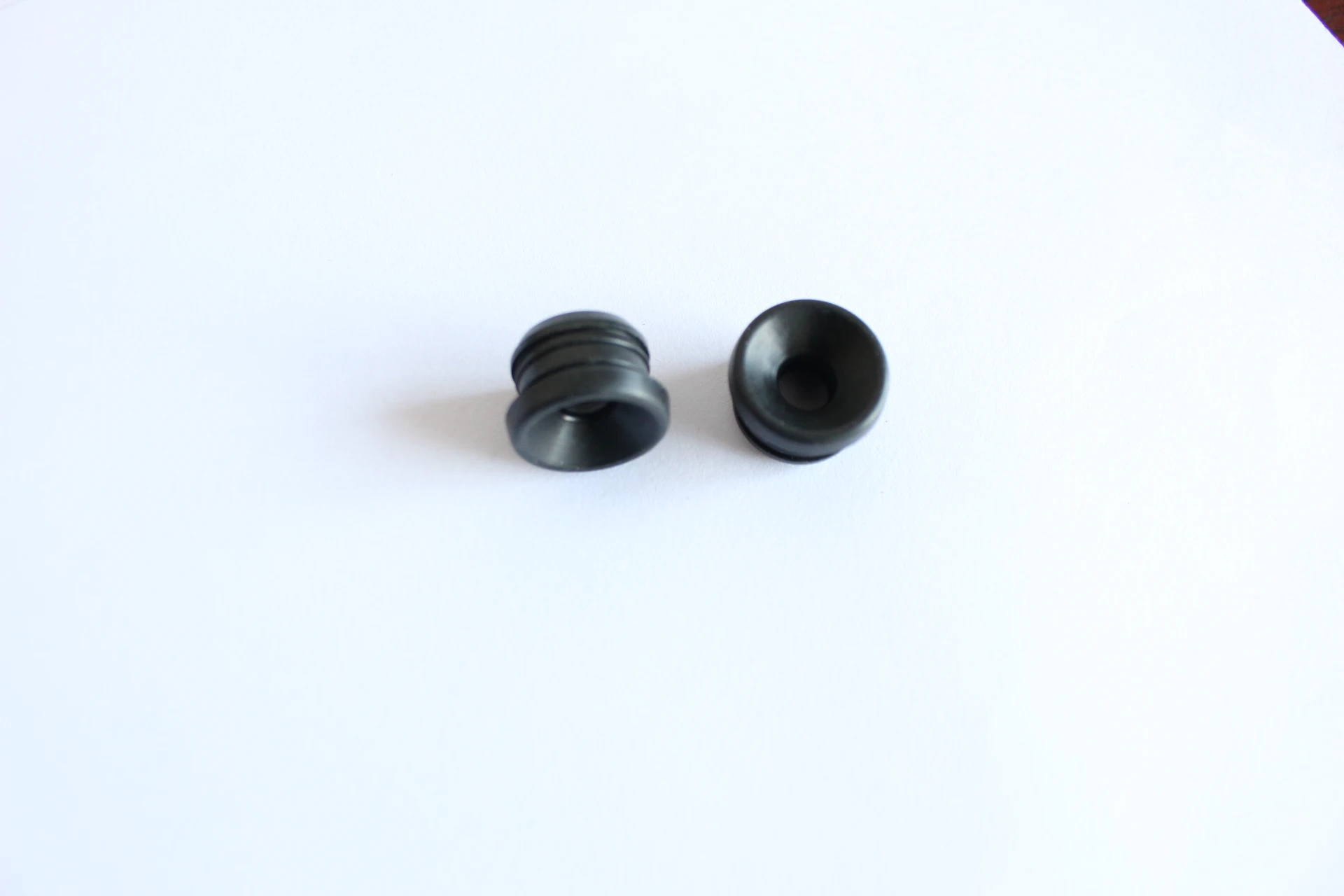How to Replace a Crush Washer During an Oil Change Process
Understanding Crush Washer and Its Role in Oil Changes
When it comes to regular vehicle maintenance, changing the oil is crucial for ensuring optimal engine performance. One essential component often overlooked during this process is the crush washer. This seemingly minor part plays a significant role in maintaining a leak-free seal between the oil drain plug and the oil pan. In this article, we will explore what a crush washer is, why it is important during an oil change, and how to properly replace it.
What is a Crush Washer?
A crush washer is a thin, flat disc typically made of aluminum or copper that is used to create a seal between two metal surfaces. When the oil drain plug is tightened, the crush washer deforms slightly, filling any minute gaps that might otherwise allow oil to seep out. This design ensures that the connection between the oil pan and the drain plug is airtight, which is essential for preventing leaks and maintaining oil pressure in the engine.
Importance of Crush Washers in Oil Changes
1. Leak Prevention The primary function of the crush washer is to prevent oil leaks after an oil change. Over time, the crush washer may become worn or fail to create an effective seal, leading to potential oil leaks that can result in engine damage and environmental hazards.
2. Maintenance of Oil Pressure A proper seal ensures that the oil system maintains the necessary pressure for efficient lubrication. If the crush washer is not functioning correctly, the engine may experience oil starvation, leading to severe damage over time.
3. Cost-Effectiveness Replacing a crush washer during every oil change is a small investment that can save you significant costs in the long run. By preventing leaks, you avoid costly repairs or tumbling into problems that could have been easily prevented.
Replacing the Crush Washer
Replacing the crush washer during an oil change is a straightforward process, and it is usually recommended to do so every time you change the oil
.crush washer oil change

1. Gather Necessary Tools Before you get started, ensure you have the right tools. Typically, you will need a wrench to remove the drain plug, a new crush washer, and an oil catch pan to collect the old oil.
2. Warm Up the Engine It’s helpful to run your engine for a few minutes before changing the oil. Warm oil drains out more freely than cold oil. Just be careful not to burn yourself on any hot components.
3. Drain the Oil Position the oil catch pan under the engine oil drain plug. Remove the drain plug with your wrench, allowing the used oil to drain completely into the pan.
4. Remove the Old Crush Washer Once the oil has drained, take the old crush washer off the drain plug. Inspect the washer; if it is deformed or damaged, replace it with a new one.
5. Install the New Crush Washer Slide the new crush washer onto the drain plug. Ensure it fits snugly and is properly aligned.
6. Reattach the Drain Plug After installing the new crush washer, reinsert the drain plug into the oil pan. Tighten it securely, but avoid over-tightening, which could strip the threads or damage the washer.
7. Pour in New Oil Finally, replace the oil filter (if applicable) and pour in the new engine oil.
Conclusion
In summary, a crush washer may seem like a small and insignificant component during an oil change, but its role in preventing leaks and maintaining engine health is vital. By regularly replacing the crush washer, you can ensure that your vehicle runs smoothly and efficiently, ultimately prolonging the lifespan of your engine. Next time you undertake an oil change, don’t forget to check and replace the crush washer. It’s a simple step that can make a big difference in the long run.
-
Understanding the Front Main Engine Seal: Purpose, Maintenance, and Installation
News Jul.29,2025
-
Understanding O-Rings and Seal Rings: Types, Applications, and Custom Solutions
News Jul.29,2025
-
Understanding Crankshaft Oil Seals: Rear Seals, Pulley Seals, and Their Role in Engine Integrity
News Jul.29,2025
-
The Importance of Front and Rear Crankshaft Seals in Engine Performance and Oil Management
News Jul.29,2025
-
Crank Oil Seals: Functions, Types, and Cost Considerations in Engine Maintenance
News Jul.29,2025
-
A Comprehensive Guide to O-Rings and Seals: Types, Materials, and Global Applications
News Jul.29,2025
-
Mastering Diesel and Performance Engine Maintenance: A Guide to Critical Oil Gaskets
News Jul.28,2025
Products categories















